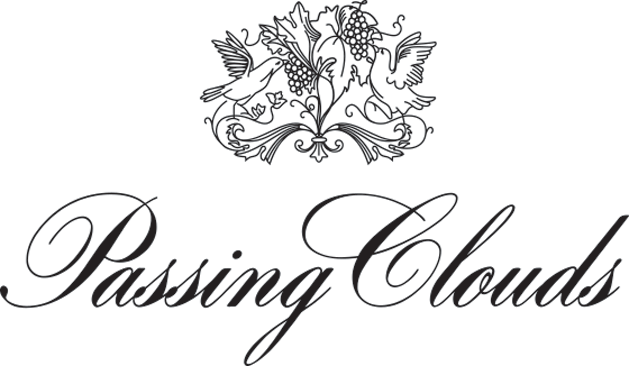Quite traditional winemaking techniques are typically employed. We are a small winery, so nearly everything can be (and is) done by hand. Open fermenters are used to ferment reds. The largest of which is two tonne, most are 1.5 with very large surface areas, increasing the juice contact with the skins. Typically only hand plunging is employed, but pump overs are used when required. For Pinot Noir, wild ferments are encouraged, pre-ferment cold soaks are typical, percentages of whole bunches and whole berries are constantly perfected, and time on skins is from 10-21 days. Shiraz and Cabernet are also vinified traditionally, additionally there is always a percentage of post fermentation maceration occurring, meaning time on skins can be up to five weeks.
All reds go to barrel for 12-24 months where malo-lactic fermentation (MLF) occurs. Racking occurs when and if required. The estate Pinot Noirs see between 50 and 70% new oak, most of the Bendigo wines see 20-30% new, all French.
We make two quite different styles of Chardonnay. Both are typically whole bunch pressed and are allowed to go through fermentation with little cooling (although ambient temperatures when we are fermenting Chardonnay are about 12°C) but that’s about where the similarities end.
The unoaked is co-inoculated with Lactic Acid Bacteria (for MLF) and fermentation occurs in stainless steel. Lees are retained and stirred until the wine is racked for bottling 4-6 months later, at which time the lees are reused in the Chardonnay barrels and Pinot Noir if required.
The oaked Chardonnay is fermented in barrel with varying amounts of solids and 30% new oak. Some sluggish barrels are inoculated with commercial yeast, others are allowed to go through an ambient yeast ferment naturally, which is also the case with MLF. The wine remains on lees with battonage occurring every 1-2 weeks depending on the season. The wine is racked and bottled after 9-12 months.
The unoaked is co-inoculated with Lactic Acid Bacteria (for MLF) and fermentation occurs in stainless steel. Lees are retained and stirred until the wine is racked for bottling 4-6 months later, at which time the lees are reused in the Chardonnay barrels and Pinot Noir if required.
The oaked Chardonnay is fermented in barrel with varying amounts of solids and 30% new oak. Some sluggish barrels are inoculated with commercial yeast, others are allowed to go through an ambient yeast ferment naturally, which is also the case with MLF. The wine remains on lees with battonage occurring every 1-2 weeks depending on the season. The wine is racked and bottled after 9-12 months.

